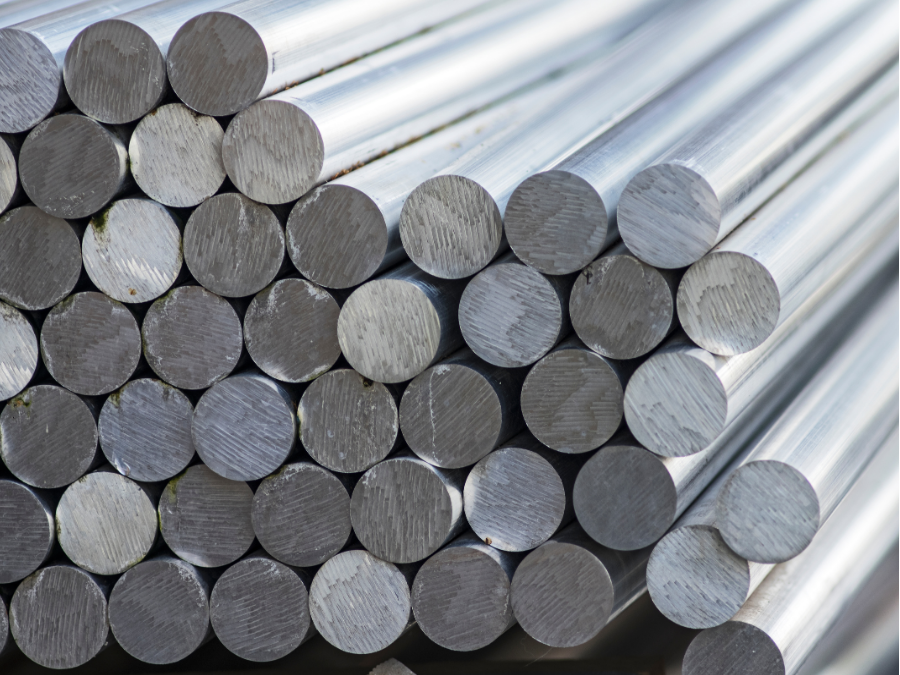Growth Markets

April 17, 2025
Big headline, small impact: Aerospace demand through trade disruption
Written by Nicholas Bell
China has reportedly told its domestic airlines to halt new orders from Boeing – a clear signal of trade retaliation amid rising tensions with the U.S.
While not the first move of its kind, Beijing’s directive fits into a broader pattern of economic coercion, echoing past tactics like its 2010 rare earth export curbs on Japan following a maritime dispute.
Does this recent round of trade positioning materially affect demand for aerospace-grade aluminum? In short – not really, not in the near term.
While it may carry long-term implications, Tier 1 suppliers are unlikely to feel much immediate impact and the move is more of a headline than a supply chain disruption like the current one faced by the automotive industry.
A little under 15% of the commercial planes Boeing delivered this year went to China, partially an order acceleration from China’s reauthorization of Boeing’s airworthiness in late 2023. As it stands today, China’s share of Boeing’s backlog stands at around 2% of the 6,319 planes ordered by different companies across the world.
That hasn’t stopped Boeing from estimating it will deliver nearly 9,000 aircrafts to the country over the next 20 years. But that’s highly contingent on whether Commercial Aircraft Corporation of China’s (COMAC) C919 model doesn’t usurp the balance of market share – and on whether those orders even hold.
Overall, 9,000 aircrafts delivered to China when only 130 are placed on the books seems like a colossal estimation, unless China is slated to place 37-38 aircraft orders per month for around 240 months.
The reality is that Boeing’s own historical data suggests as much as 20-40% of gross order are retroactively removed from the book’s year-to-year, sometimes within the same calendar year.
And yet, this volatility rarely factors into how analysts talk about aluminum demand from the aerospace sector. Wide swings in the order books are routine and even Boeing’s widebody backlog with China – which accounts for about a quarter of its unfilled orders – leans more on composites and titanium than aluminum.
Add to that the fact that Boeing’s 737 MAX – the flagship narrow-body aircraft that makes up the overwhelming majority of its backlog – production outlooks have proven difficult to rely on consistently in recent years, and the disconnect between “aerospace demand” headlines and real aluminum consumption becomes even more apparent.
Arconic, Kaiser, and Constellium have a substantial aerospace portfolio, but plate and sheet products account for only about a quarter of the aluminum used in aircraft assembly. Extrusions represent most structural applications and are produced by a much more fragmented group of suppliers, making that segment far less consolidated and difficult to map for purveyors of 2XXX and 7XXX series aluminum scrap (along with 6061 and 6063 alloys, which, admittedly, are sourced from just about everywhere).
Bottom line: China’s move may matter politically, but from a raw materials standpoint, the bigger story is how little clarity there still is when it comes to what “aerospace demand” really means for aluminum. And that’s a problem with or without a trade war.







